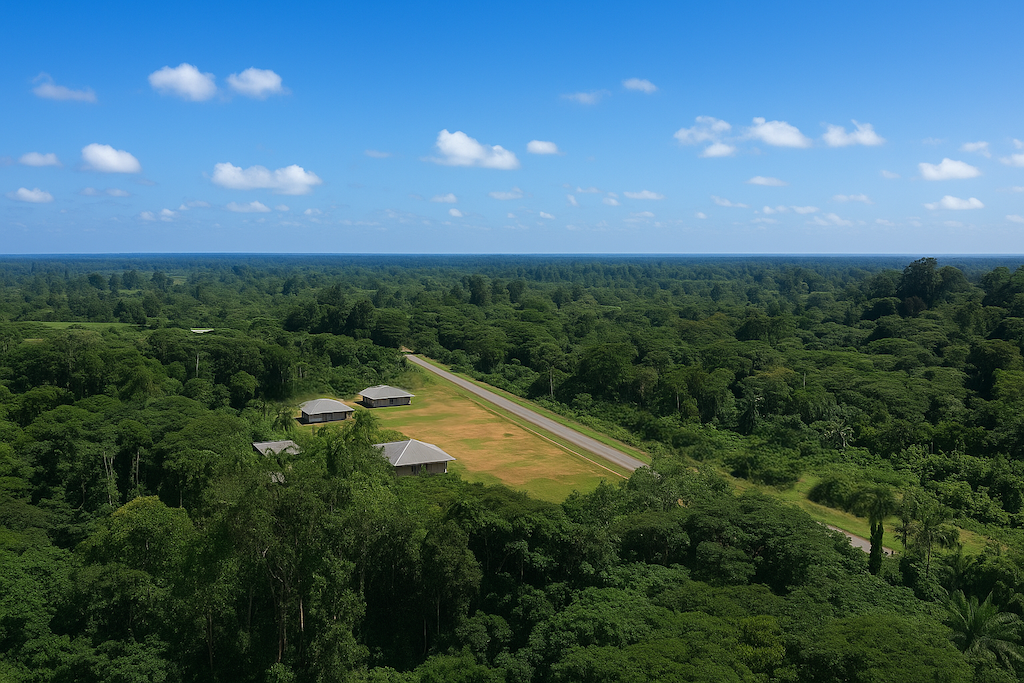Embracing Slow Living for Enhanced Well-being
Introduction
In a world dominated by constant hustle and an ever-accelerating pace, the concept of slow living offers a refreshing alternative. Rooted in mindfulness and intentionality, slow living encourages a lifestyle that prioritizes quality over quantity and presence over productivity. This article explores the principles of slow living and its profound impact on mental, emotional, and physical well-being.
What is Slow Living?
Slow living is a lifestyle philosophy that emphasizes deceleration and a mindful approach to daily life.
Core Principles:
- Intentional Living: Making conscious choices that align with personal values.
- Mindfulness: Fully experiencing and appreciating the present moment.
- Simplicity: Reducing clutter—both physical and mental—to focus on what truly matters.
Benefits of Slow Living
Mental Well-being
- Stress Reduction: Slowing down alleviates the pressure of constant deadlines and multitasking.
- Enhanced Focus: Encourages deep work and better concentration by eliminating unnecessary distractions.
- Scientific Insight: Studies from Harvard Medical School show that mindfulness practices, central to slow living, significantly reduce cortisol levels.
Emotional Health
- Stronger Relationships: More time and attention dedicated to meaningful connections.
- Improved Emotional Resilience: Slower pacing allows for better processing of emotions and challenges.
Physical Health
- Better Sleep: Reducing overcommitment leads to improved rest and recovery.
- Improved Eating Habits: Slow living often includes mindful eating, enhancing digestion and nutrition.
How to Incorporate Slow Living into Your Life
1. Simplify Your Schedule
- Prioritize essential tasks and eliminate unnecessary commitments.
- Embrace the concept of “saying no” to create space for what truly matters.
2. Practice Mindfulness
- Dedicate time for meditation, deep breathing, or simply observing your surroundings.
- Focus on single-tasking rather than multitasking.
3. Cultivate a Connection with Nature
- Spend time outdoors to recharge and find balance.
- Engage in activities like gardening, hiking, or simply walking barefoot on grass.
4. Embrace Minimalism
- Declutter your physical space to reduce mental overwhelm.
- Adopt a “less is more” philosophy in consumption habits.
Challenges and How to Overcome Them
Overcoming the Fear of Missing Out (FOMO)
- Shift your mindset from “doing more” to “being more.”
- Focus on the long-term benefits of slow living rather than short-term gratification.
Addressing External Pressures
- Communicate your priorities with loved ones and colleagues.
- Set boundaries to protect your time and energy.
The Future of Slow Living
As more individuals recognize the toll of modern lifestyles on their health and happiness, slow living is gaining traction as a movement. From workplaces adopting slower workflows to communities promoting sustainable living, the principles of slow living are being embraced globally.
Conclusion
Slow living is not about doing less but about doing things with greater purpose and awareness. By adopting this lifestyle, individuals can experience a profound transformation in their overall well-being. Whether it’s through mindful practices, simplifying routines, or fostering deeper connections, slow living offers a pathway to a more balanced, fulfilling life.
Sources
- Harvard Medical School: The Benefits of Mindfulness
- American Psychological Association: The Impact of Simplicity on Mental Health
- National Institute of Mental Health: Reducing Stress Through Mindfulness
- University of California, Berkeley: The Science of Slowing Down











